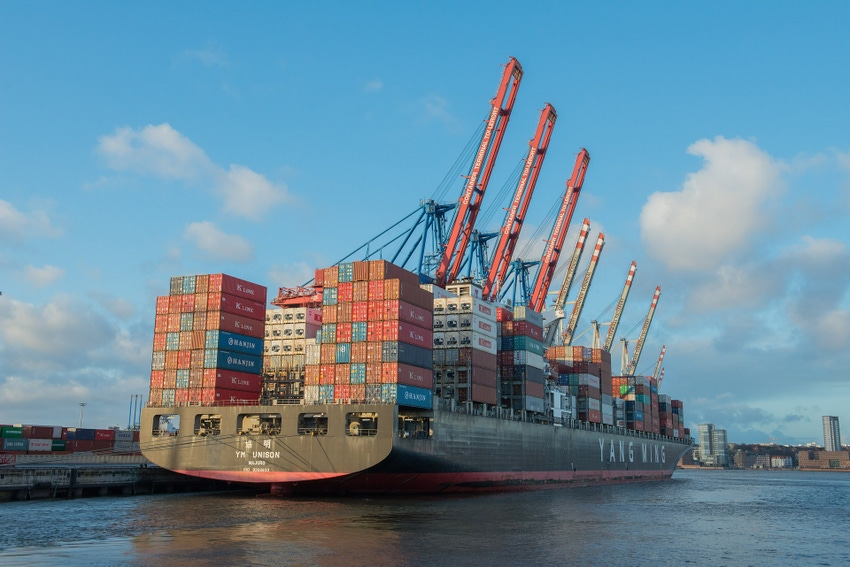Reports suggest that the tariff rate will soon be lowered to 10%.
September 29, 2021

The Biden administration recently announced advances in U.S.-Vietnam trade relations, including plans for Vietnam to reduce its Most Favored Nation (MFN) tariff rate on imported frozen pork cuts. Vietnam's current MFN rate, which applies to U.S. pork cuts, is 15%. Reports suggest that the rate will soon be lowered to 10% – the same reduction that was temporarily implemented in the second half of 2020 in an effort to bolster pork supplies and stabilize prices as Vietnam dealt with the impact of African swine fever (ASF). This temporary rate reduction expired on Jan. 1 of this year.
U.S. Meat Export Federation (USMEF) Economist Erin Borror noted that the proposed rate reduction is a step in the right direction that will narrow the tariff disadvantage U.S. pork faces in this price-sensitive market.
“The White House announcement came after our President’s visit to Vietnam and excellent that pork made the list of important trade issues,” said Borror. “We know our industry has been hammering that for some time now, essentially since we left the TPP.”
She continued, “Tariffs are always important, but especially in price competitive markets like Vietnam.”
Canadian pork enjoys favorable tariff treatment under the Comprehensive and Progressive Agreement for Trans-Pacific Partnership (CPTPP), while European pork enters at a reduced rate under the EU-Vietnam FTA. Russia, which is the second-largest importer to Vietnam, also has a trade agreement with Vietnam that includes duty-free access for Russian pork.
Borror added that the tariff relief appears to be well-timed, as the COVID-19 pandemic has created pork production obstacles that may be slowing Vietnam's ASF recovery efforts.
“There’s a concern that the ASF situation could be worsening as hogs are kind of stuck on farms, and people and feed and inputs had a hard time moving around.”
The question is how much this will hinder Vietnam’s pork production recovery going into next year, Borror said. “So, even though we’re seeing challenges in the market today, there could be big opportunities in the market tomorrow. For the U.S. to really get in there and compete, any type of tariff relief is necessary.”
You May Also Like


.png?width=300&auto=webp&quality=80&disable=upscale)
